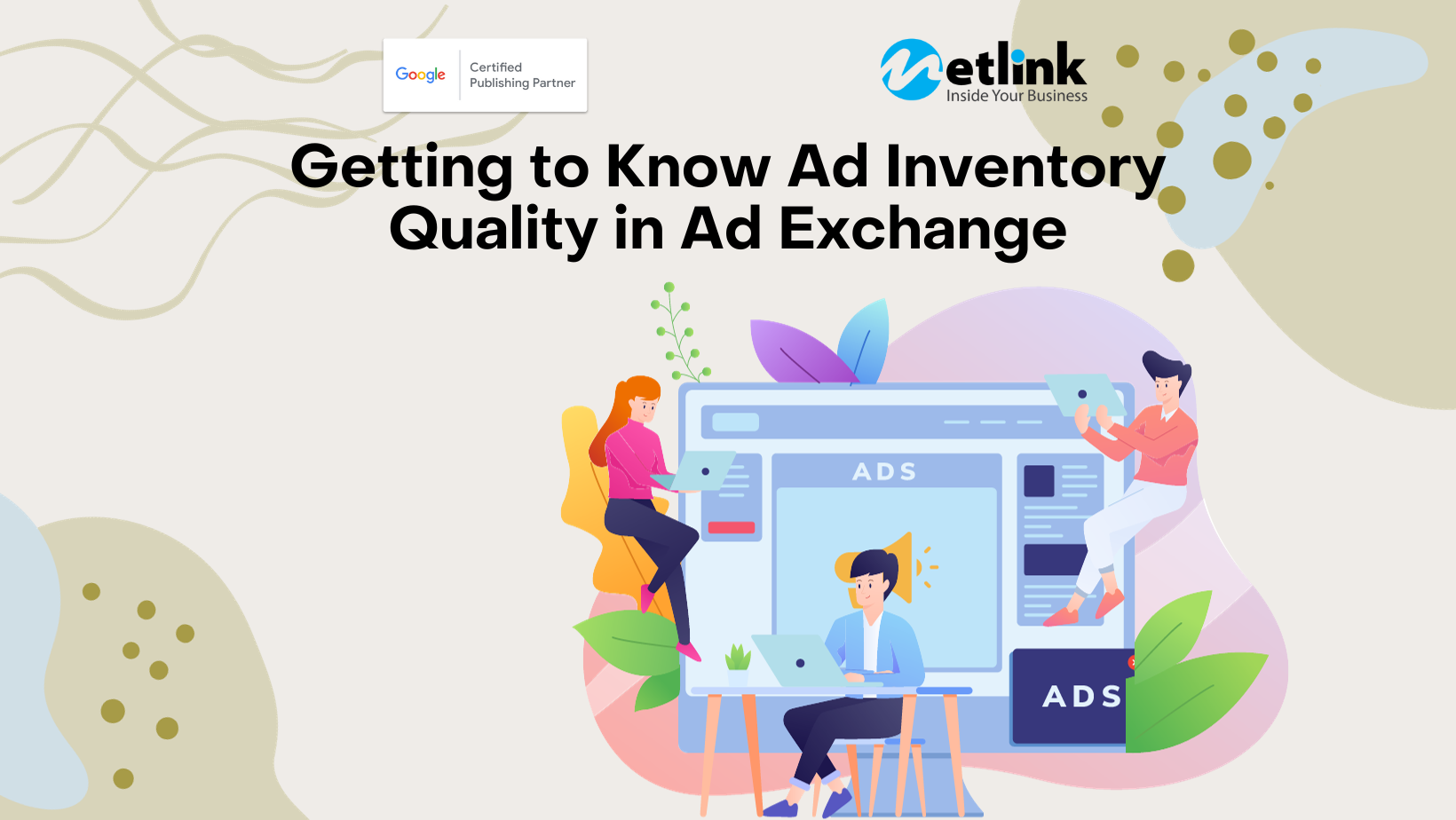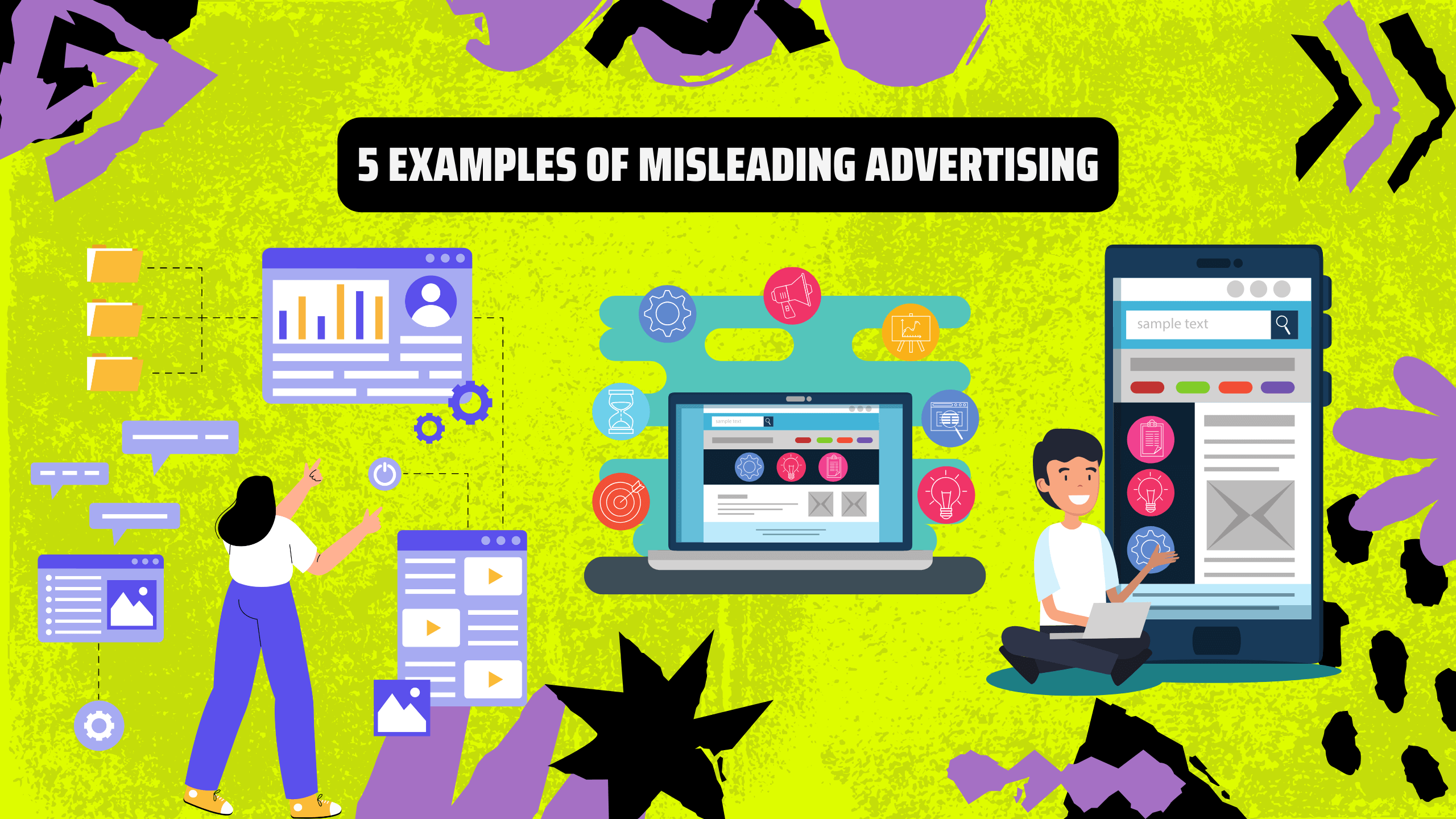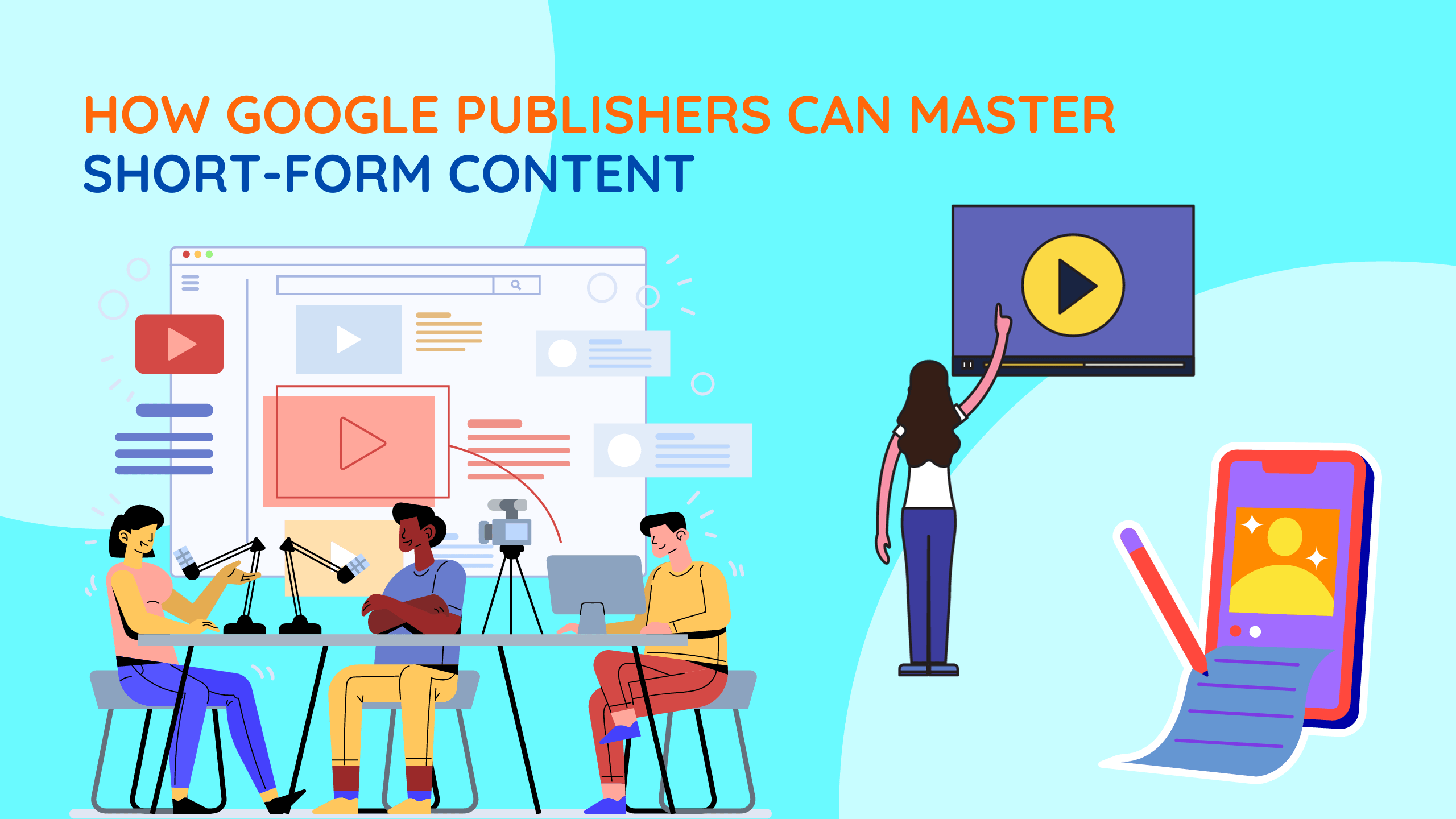With the explosion of the digital advertising era, Google Publishers stand at the forefront, connecting advertisers with audiences in a dynamic digital landscape. To thrive in this competitive arena, publishers must continually fine-tune their strategies and ensure the quality of their ad inventory. In this comprehensive guide, we delve into the intricacies of ad inventory quality within Ad Exchange, empowering Google Publishers to optimize their offerings and elevate their revenue streams.
Understanding Ad Inventory Quality
Before we embark on this journey to master ad inventory quality, let’s define the concept. Ad inventory quality refers to the overall health and value of the advertising space available on a publisher’s digital properties, such as websites and apps. It encompasses various factors that determine the attractiveness of this inventory to advertisers. A high-quality ad inventory is more likely to attract premium advertisers and yield better returns.
The Vital Components of Ad Inventory Quality
To gauge and enhance ad inventory quality effectively, publishers must consider several key components:
1. Ad Placement and Visibility:
Strategic Placement: The location of ad units on a webpage or within an app significantly impacts their visibility and performance. Publishers should strategically position ads where they are more likely to capture user attention.
Viewability: Ads that are not viewable do little to benefit advertisers. Publishers must ensure that ad units are consistently viewable by users to maximize their value.

2. Ad Format and Creatives:
Diverse Ad Formats: Offering a variety of ad formats, such as display, video, and native, can cater to different advertiser needs and attract a broader range of campaigns.
Compelling Creatives: High-quality, engaging ad creatives are crucial for user experience and campaign success. Publishers should encourage advertisers to create compelling content.
3. Targeting and Relevance:
Audience Segmentation: Publishers can enhance ad inventory quality by segmenting their audience effectively. This allows for more precise targeting, delivering ads that resonate with users.
Contextual Relevance: Ensuring that ad content aligns with the context of the surrounding content is vital to prevent user disinterest or irritation.
4. Ad Fraud Prevention:
Ad Verification: Employing ad verification tools helps publishers detect and prevent ad fraud, ensuring that their inventory is free from invalid traffic and fraudulent activities.
5. User Experience:
Page Load Speed: Slow-loading pages can deter users and advertisers. Publishers should optimize their websites and apps for speed to create a positive user experience.
Ad Density: Striking the right balance between content and ads is crucial. Excessive ads can disrupt the user experience and lead to higher ad-blocker usage.
6. Mobile Optimization:
Responsive Design: With the increasing use of mobile devices, publishers must optimize their ad inventory for various screen sizes and orientations.
7. Data and Analytics:
Data-Driven Decisions: Leveraging analytics tools to gather insights into user behavior and ad performance enables publishers to make informed decisions about ad inventory improvements.
The Impact of Ad Inventory Quality on Revenue
High-quality ad inventory is the cornerstone of a publisher’s revenue potential. When publishers prioritize ad inventory quality, they unlock several benefits:
1. Premium Advertisers:
Advertisers are more likely to invest in high-quality inventory, leading to premium campaigns and higher CPMs (Cost Per Thousand Impressions).
2. Improved User Experience:
A well-curated ad inventory ensures that ads are relevant and non-intrusive, enhancing the overall user experience. Satisfied users are more likely to engage with ads.

3. Advertiser Trust:
Consistently providing quality ad inventory builds trust with advertisers, fostering long-term partnerships.
4. Competitive Edge:
Publishers with superior ad inventory quality can outperform competitors, attracting a larger share of advertising budgets.
5. Enhanced Monetization:
Higher-quality inventory can yield more revenue from the same volume of traffic, maximizing monetization efforts.
Proactive Strategies for Elevating Ad Inventory Quality
Now that we’ve explored the components and benefits of ad inventory quality, let’s delve into proactive strategies that Google Publishers can implement:
1. Continuous Monitoring: Regularly assess ad inventory performance using analytics tools. Identify underperforming ad units and take corrective actions.
2. Ad Verification: Invest in ad verification solutions to combat ad fraud and maintain the integrity of your inventory.

3. User Feedback: Solicit feedback from users regarding their ad experience. Use this input to make informed improvements.
4. Ad Formats: Experiment with different ad formats to cater to various advertiser preferences and campaign types.
5. Mobile Optimization: Given the prevalence of mobile browsing, ensure that your ad inventory is optimized for mobile devices.
6. Collaborative Partnerships: Collaborate closely with advertisers to align ad creatives with your content and audience.
7. Regular Audits: Conduct periodic audits of your ad inventory to ensure it meets industry standards and guidelines.
Conclusion: Elevate Your Revenue with Quality Ad Inventory
In the fast-paced world of online advertising, ad inventory quality is a non-negotiable factor that can significantly impact a publisher’s success. By understanding the components of quality, embracing proactive strategies, and prioritizing user experience, Google Publishers can attract premium advertisers, enhance their monetization efforts, and ultimately, secure a brighter financial future in the digital advertising landscape. Remember, your ad inventory is not just space; it’s a canvas for revenue growth and user engagement.










